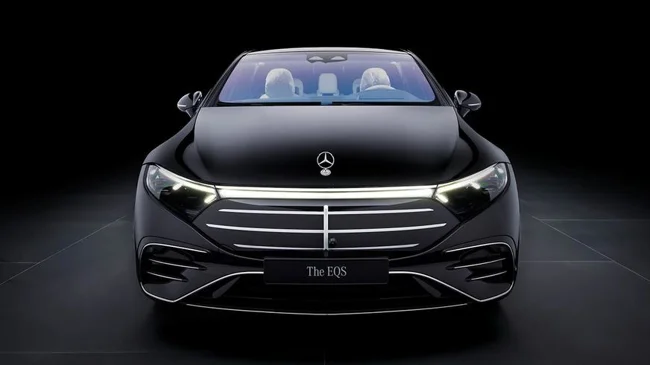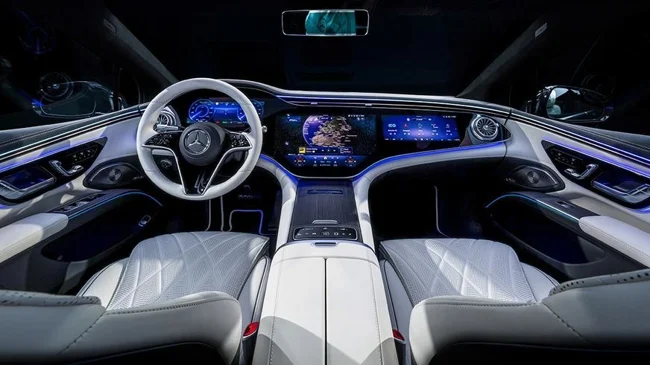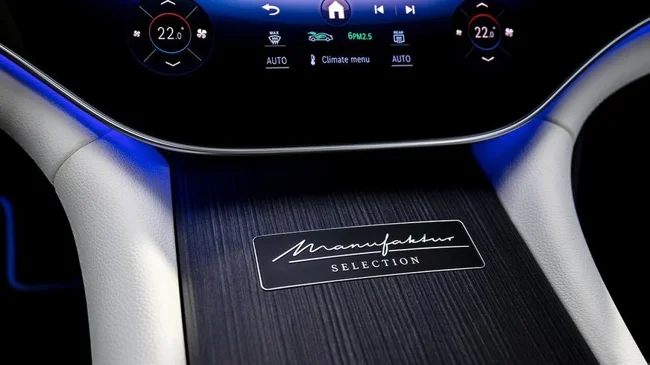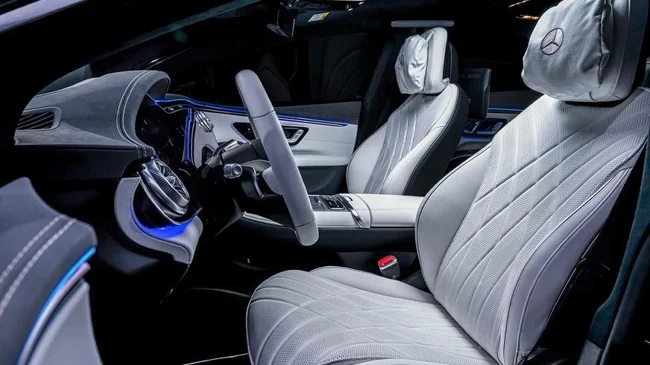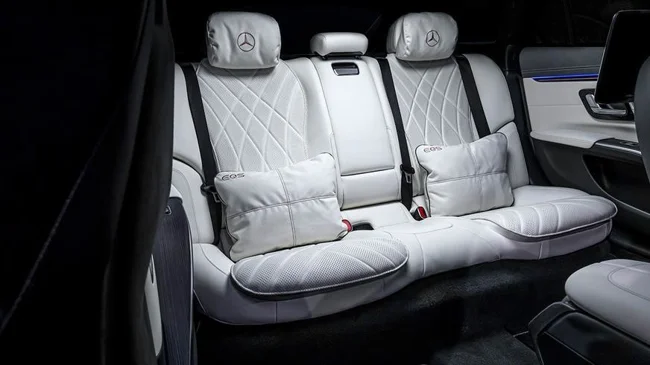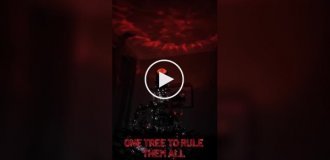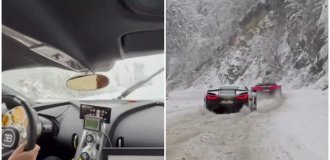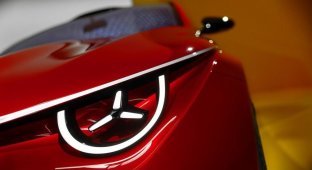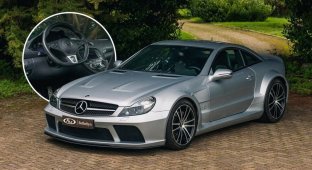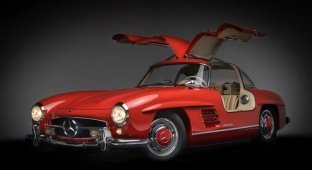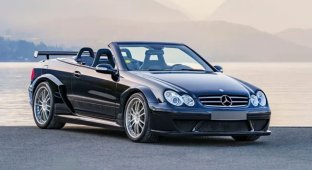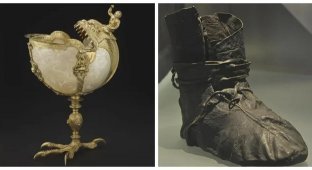The Failure of the "Green Agenda" - Mercedes Considered the World Not Ready for the EQS (11 photos)
The high-tech flagship of the Mercedes-Benz electric line puzzled its traditional clientele: most saw it as a battery-powered analogue of the executive S-class sedans, which require a hired driver, while the EQS was designed to be driven by the car owner himself. Hence the model's disappointingly low sales and its twofold depreciation on the secondary market in just one year of ownership. 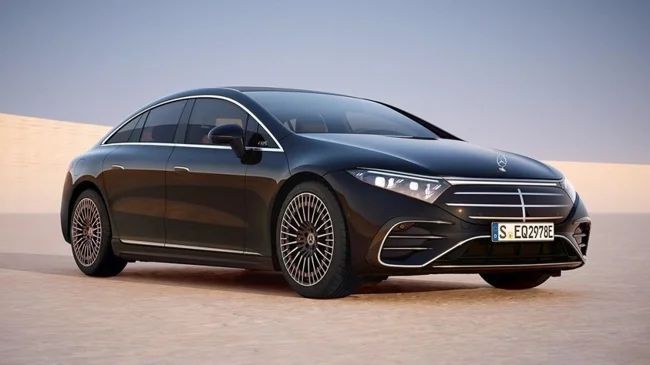
In an interview with Autocar, the company's chief designer Gorden Wagener explained the failure of the promising new product by the fact that the progressive EQS was not presented to the public properly, and its philosophy was ahead of existing approaches to luxury cars by about 10 years. According to Wagener, the car should perhaps have been promoted differently: more like a futuristic CLS, an S-Class coupe, or something like that.
In an attempt to make the EQS more traditional, Mercedes-Benz carried out a cosmetic restyling in 2024, as part of which the familiar radiator grille returned. However, they were unable to change the amorphous body shapes, and they were unlikely to do so.
Having critically assessed the prospects, Stuttgart decided back in 2024 that there would be no second generation of EQS. Instead, the company plans to combine the S-Class and EQS into one line that will offer both internal combustion engines and electric power units, similar to what BMW did with the latest generation of the 7 Series and i7. According to forecasts, the new product will be presented after 2030, but for now, EQS production will continue. 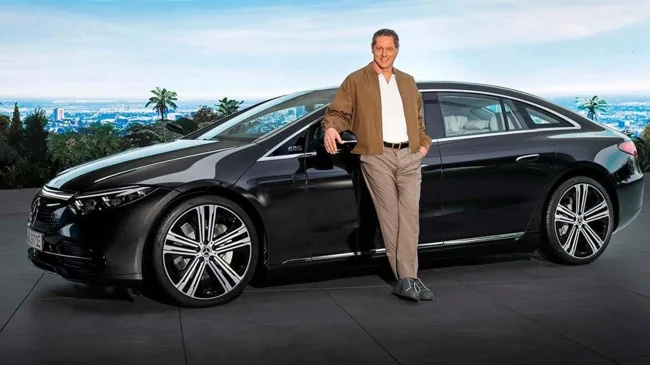
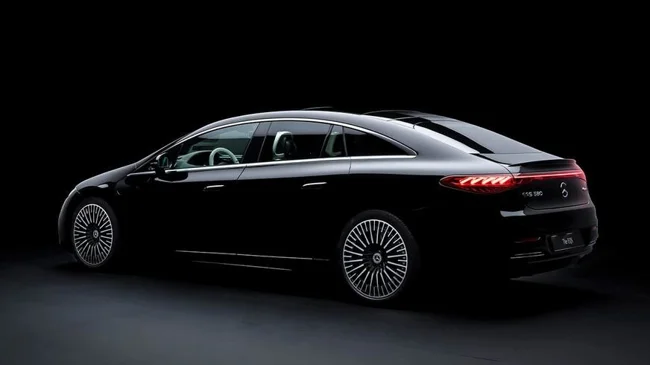
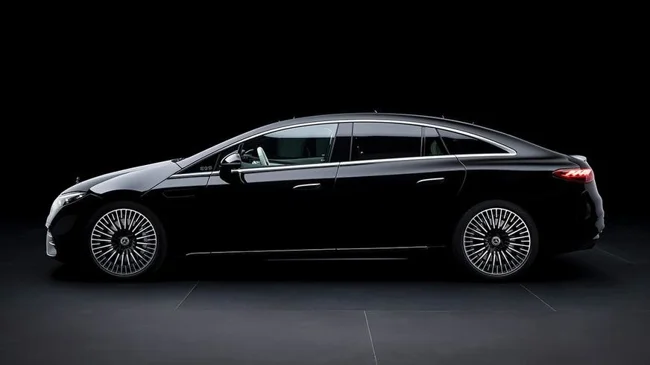
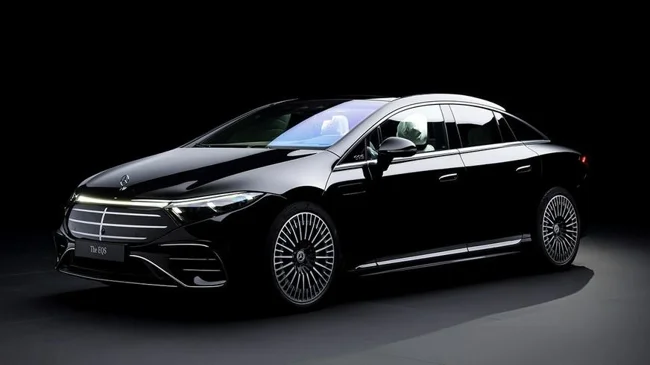
[thumb]https://cn22.nevsedoma.com.ua/p/28/2877/142_files/mer cedes-eqs-06.webp[/thumb] 